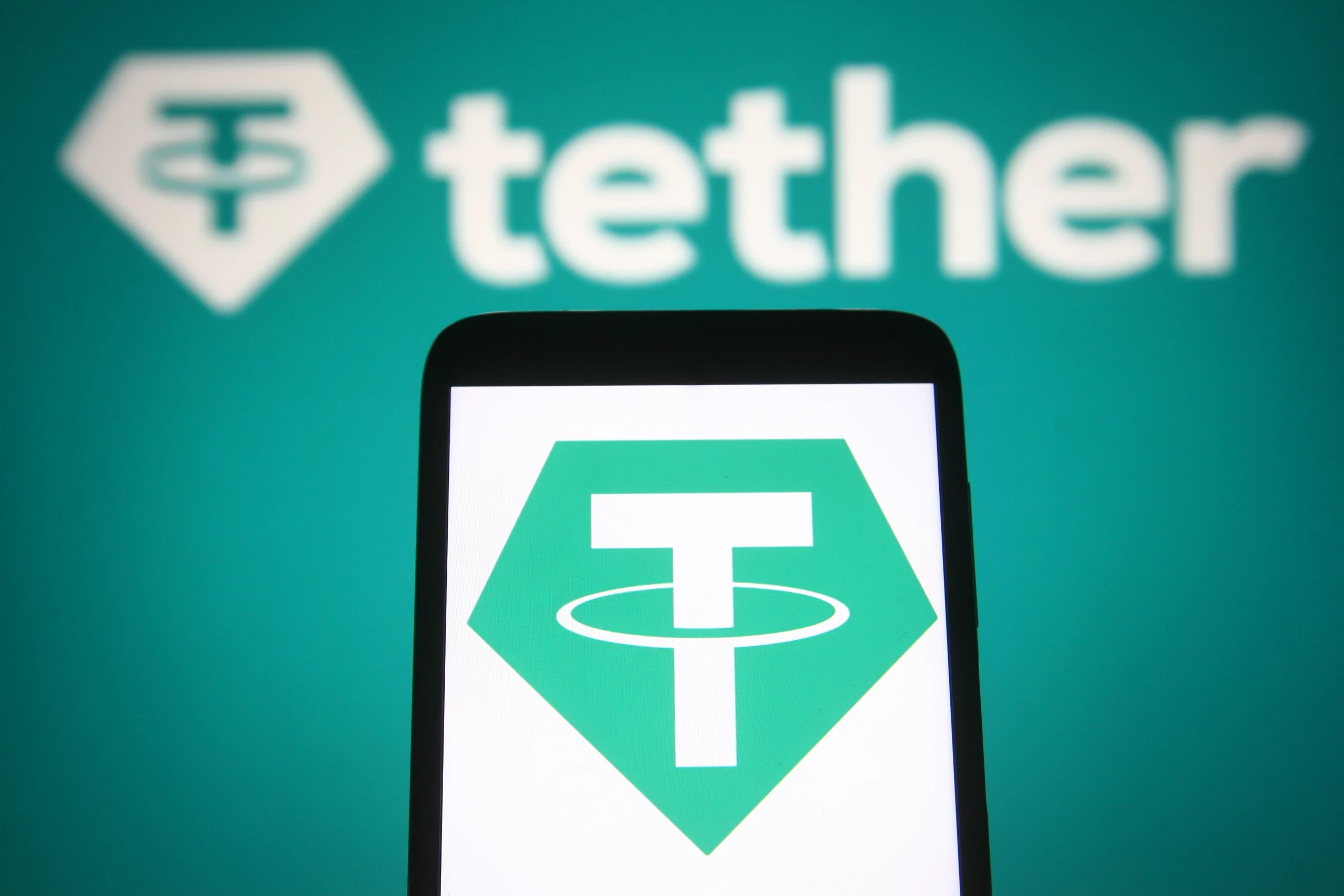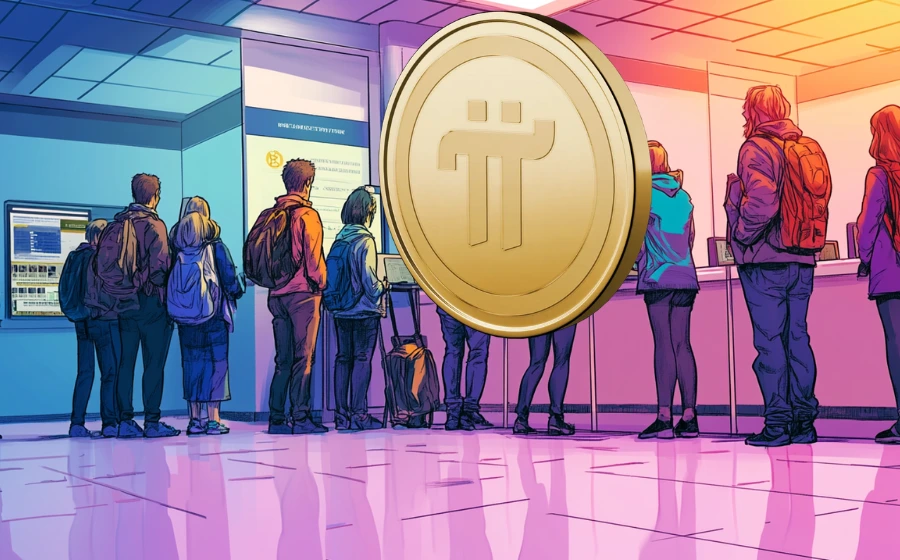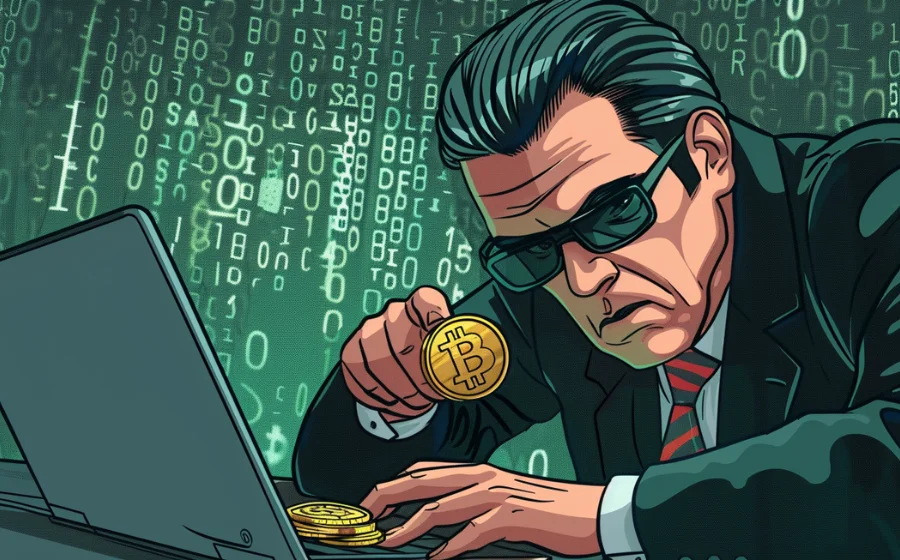
KEYTAKEAWAYS
- Stablecoins aim for price stability but often fail due to trust issues, liquidity problems, and external shocks.
- Centralized, algorithmic, and decentralized stablecoins each have unique weaknesses that can cause them to lose their peg.
- Market panic, technical flaws, and dependency on external systems are common reasons behind major stablecoin depegging events.

CONTENT
Stablecoins, as the name suggests, aim to be the “stable” part of the crypto world. They promise to stay tied 1:1 to the US dollar, offering a safe space in the middle of crypto’s wild price swings. But history has shown us time and again—this so-called “stability” can be fragile, like a candle in the wind. From USDT’s trust issues to UST’s total collapse, and now FDUSD’s recent troubles, one has to ask: why do these promises of stability keep falling apart?
A LOOK BACK: FAMOUS DEPEGGING EVENTS
Let’s start in 2018 with USDT. In October that year, rumors spread that Tether’s bank, Noble Bank, was in trouble. Investors started to worry if Tether really had enough reserves to back every USDT. Panic selling followed, and the price dropped to $0.85. Interestingly, Bitcoin went up for a short time as people looked for safety. Tether later released audit reports and made changes, which helped restore confidence—but doubts remained.
Fast forward to May 2022—UST became the center of attention. This algorithmic stablecoin used LUNA in a mint-and-burn system to hold its value. But when trust was lost and mass selling began, the system collapsed. UST fell from $1 to below $0.10, and the whole Terra ecosystem crashed, wiping out billions. Even USDT felt the impact that same month, falling to $0.9663, with $3 billion in redemptions raising questions about its reserves.

(Source:Coinglass)
In March 2023, it was USDC’s turn. When Silicon Valley Bank failed, Circle (USDC’s issuer) said $3.3 billion of its reserves were stuck—8% of its total. Fear spread quickly, and the price fell to $0.87. It recovered after Circle moved its money elsewhere. Around the same time, in March 2020, the decentralized stablecoin DAI also slipped. A network jam on Ethereum made liquidations fail, sending DAI’s price up to $1.10 and then down below $0.90.
In early April 2025, FDUSD joined the list. Justin Sun, the founder of Tron, accused its issuer (First Digital Labs) of being in debt by $500 million. The market reacted instantly—FDUSD dropped below $0.95. The company quickly responded with audit reports and processed over $60 million in redemptions. By April 4, it had climbed back to $0.99. It was a short drama, but clearly showed the heat of competition in the market.
WHAT REALLY CAUSES STABLECOINS TO LOSE THEIR PEG?
Although each depegging event seems different, they all share similar causes.
1. Fear and loss of trust are usually the first spark. In 2018, USDT dropped simply because of a rumor about its bank. FDUSD saw the same pattern—one comment from Justin Sun and trust was shaken. UST’s case was even worse. Its system relied entirely on market confidence. Once that broke, nothing could stop the collapse.
2. Dependence on outside systems is another major risk. USDC depended on a traditional bank (SVB), and once that failed, so did part of USDC’s stability. Centralized coins like USDT and FDUSD also depend on issuer management. Even DAI, though decentralized, relies on the Ethereum network. And UST relied fully on LUNA’s market value. Any failure in these systems leads to a drop in price.
3. Liquidity pressure is just as dangerous. In 2022, USDT had to process $3 billion in redemptions. FDUSD faced $60 million in just a few days. UST didn’t even have reserves—it had a system that couldn’t handle large-scale selling. Even a solid balance sheet is useless if the funds can’t be moved fast.
4. External attacks or market manipulation can speed up a fall. FDUSD’s drop came after accusations from a major competitor. In the crypto space, trust is fragile, and sometimes, words alone are enough to trigger a depeg.
These issues mix together like a storm. When fear grows, trust disappears. When systems are weak, cracks show. If liquidity is tight, redemptions get stuck. Add a little outside pressure—and a stablecoin falls.
THE FRAGILE NATURE OF STABLECOINS: DIFFERENT TYPES, DIFFERENT WEAKNESSES
Stablecoins come in many forms, but each has its own weak spot.

Centralized stablecoins (like USDT, USDC, FDUSD) are backed by real-world assets, which sounds secure. But they rely on the issuer’s honesty and transparency. If investors start to doubt the reserves, panic can spread fast. USDC’s banking issue and FDUSD’s debt drama both came from questions like “Is the money really there?” These coins may look strong, but their trust can collapse in an instant.
Algorithmic stablecoins are even riskier. UST showed us why. It used LUNA and smart contract logic instead of real assets. But when trust was lost, the system collapsed fast. The more people sold, the worse it got. These coins are like tightrope walkers—amazing when steady, doomed when shaken.
Decentralized, overcollateralized stablecoins like DAI are more stable. They use extra crypto assets as a cushion. During the 2020 crash, DAI was shaken but didn’t break. However, it still depends on tech—like the Ethereum network. If the system slows down or fails, prices can move off target. These coins are like sturdy boats—able to survive storms, but not without rough rides.
Each kind has an Achilles’ heel:
-
Centralized coins fear trust issues.
-
Algorithmic coins fear system failure.
-
Decentralized coins fear tech breakdowns.
All try to be “stable,” but it’s a tough promise to keep.
FINAL THOUGHTS: THE ILLUSION OF STABILITY VS. HARSH REALITY
Looking back—from USDT’s early troubles, to UST’s disaster, to FDUSD’s latest scare—stablecoins often seem like characters in a drama. They try to balance crypto’s chaos with traditional finance’s calm, but the real world keeps testing them.
Fear can destroy trust. Dependence shows weakness. Lack of liquidity can ruin everything. And external attacks? They’re always lurking.
Centralized coins are like kids needing parents. Algorithmic coins are risk-takers. Decentralized coins go it alone. They each face different dangers, but all struggle when markets shake.
In the end, “stability” in stablecoins is more of a dream than a guarantee. True stability isn’t about never moving—it’s about staying strong through the waves. And for stablecoins, that journey is still ongoing.

















